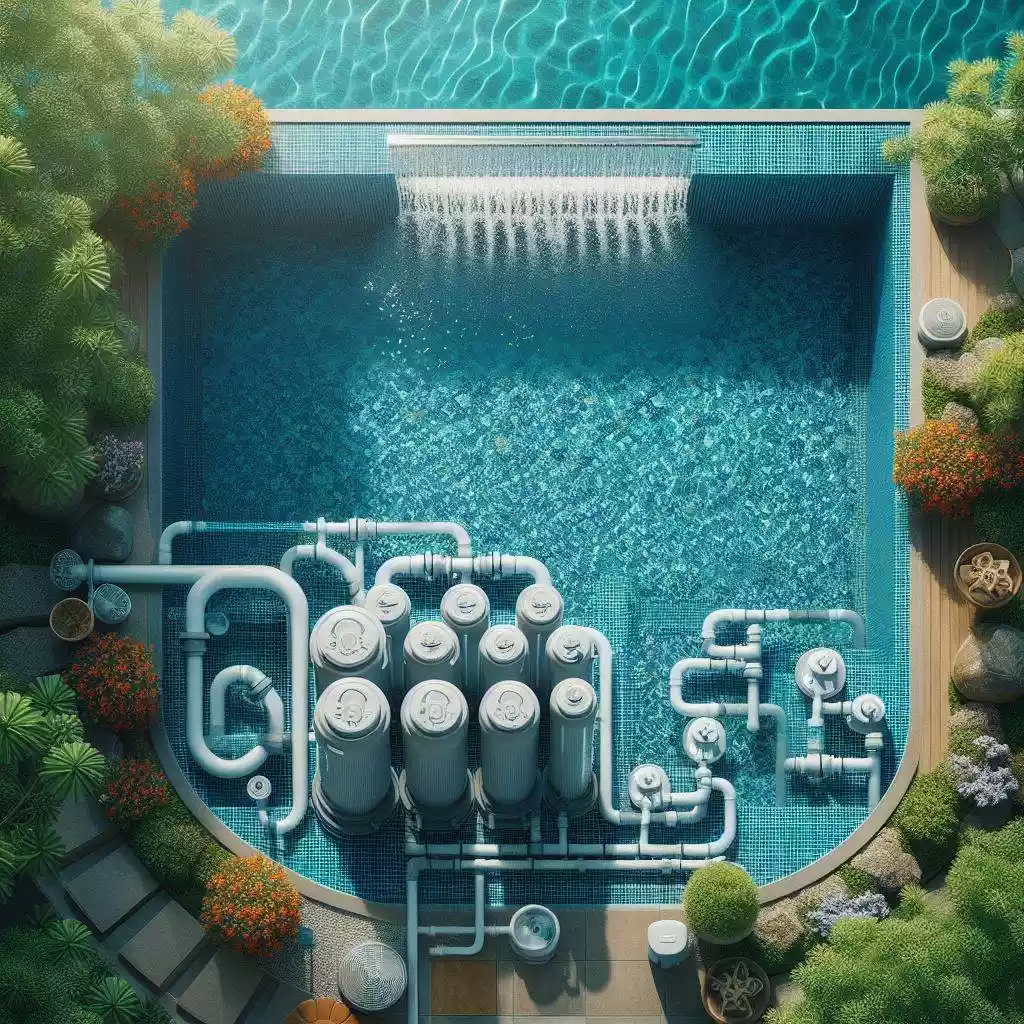Maintaining a crystal-clear and healthy swimming pool is a priority for every homeowner. The heart of achieving this lies in the efficiency of your pool’s filtration system, with the sand filter for home pools playing a pivotal role. These systems are tasked with removing impurities, ensuring the water remains inviting and safe for swimmers. However, a common challenge faced by many is the clogging of these sand filters, which can hinder their effectiveness and impact overall pool health. This article delves into strategies for preventing such issues, ensuring your sand filter remains in top condition.

Understanding Sand Filters
At the core of every clean pool is a functioning sand filter for home use. These filters operate by passing pool water through a sand media, where debris and impurities are trapped, and clean water is circulated back into the pool. Key components include the filter tank filled with specially graded sand, multiport valves for managing the flow of water, and a pressure gauge to monitor filter performance. Understanding these basics is crucial for effective maintenance and troubleshooting.
Causes of Sand Filter Clogging
Clogging is primarily due to the accumulation of debris such as leaves, dirt, and algae within the sand medium. Additionally, an improper chemical balance can foster environments conducive to microorganism growth, further complicating the filtration process. Neglect and overuse without adequate cleaning exacerbate these issues, leading to decreased filter efficiency and potentially costly repairs.
Preventive Measures
Preventing clogs in your sand filter for home pools requires a proactive approach:
Regular Maintenance: Conduct weekly inspections of your filter’s pressure gauge and perform backwashing when necessary to remove trapped debris from the sand.
Proper Chemical Balance: Regularly test and adjust your pool’s pH, chlorine levels, and other chemicals to maintain a balanced environment that discourages algae growth.
Backwashing: This essential maintenance step involves reversing the flow of water through the filter to flush out trapped debris. Depending on pool usage, backwashing should be done every few weeks or when the pressure gauge indicates high pressure.
Pre-Filters: Utilizing pre-filters or skimmers can significantly reduce the debris load on your sand filter, extending its lifespan and efficiency.
Best Practices for Sand Filter Care
To ensure the longevity and effectiveness of your sand filter for home pools:
Regular Backwashing: Follow the manufacturer’s guidelines on backwashing frequency, adjusting based on pool usage and debris levels.
Replacing Sand: Generally, sand should be replaced every 5 to 7 years. However, this can vary based on filter size and pool usage. Regularly check the condition of the sand and replace it when it becomes smooth and less effective at trapping debris.
Avoiding Common Mistakes: Overloading the pool with chemicals can lead to residue buildup in the filter, while neglecting cleaning schedules can accelerate wear and tear.
Troubleshooting Common Issues
When faced with reduced water flow or increased pressure readings, it’s likely your sand filter is experiencing a clog. For minor clogs, backwashing may suffice to restore function. If issues persist, consulting the user manual or seeking professional help is recommended to avoid damaging the system.
Conclusion
The sand filter for home pools is crucial for maintaining water clarity and hygiene. By adopting a proactive maintenance routine and adhering to the best practices outlined, homeowners can prevent clogs and ensure their pools remain a source of enjoyment. Remember, the key to a clean pool lies not just in regular maintenance but also in understanding the needs and workings of your sand filter system.
